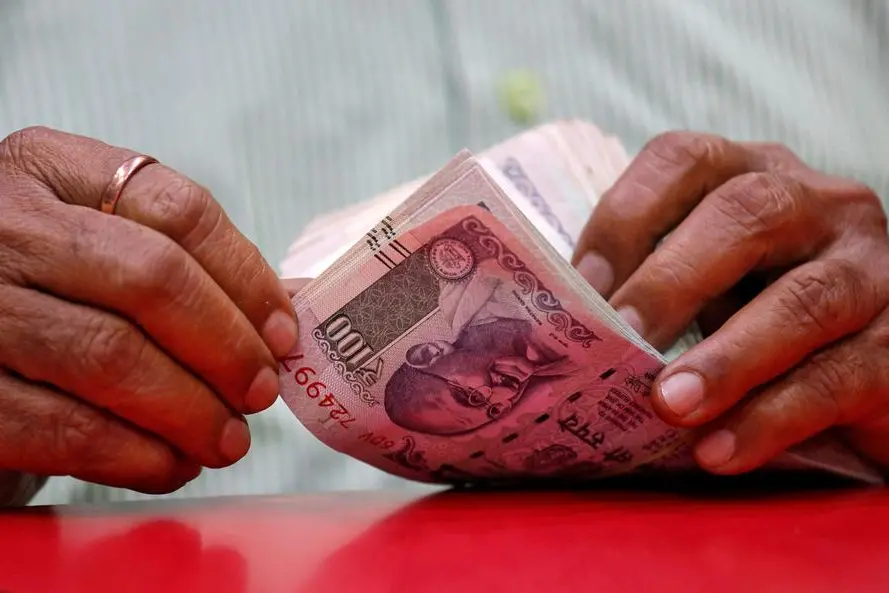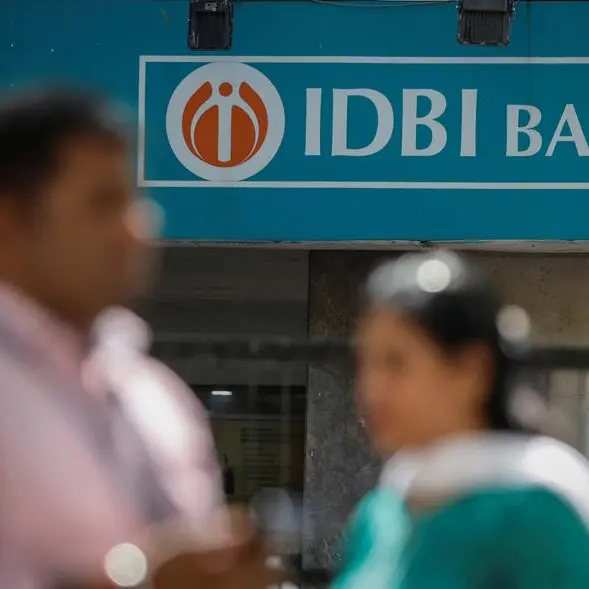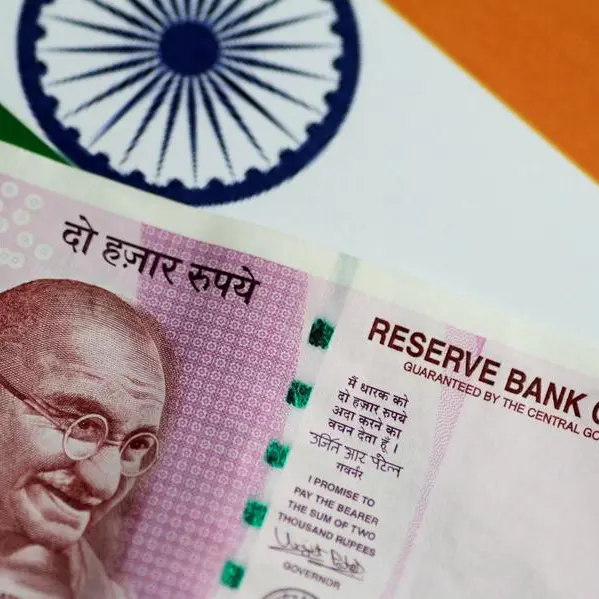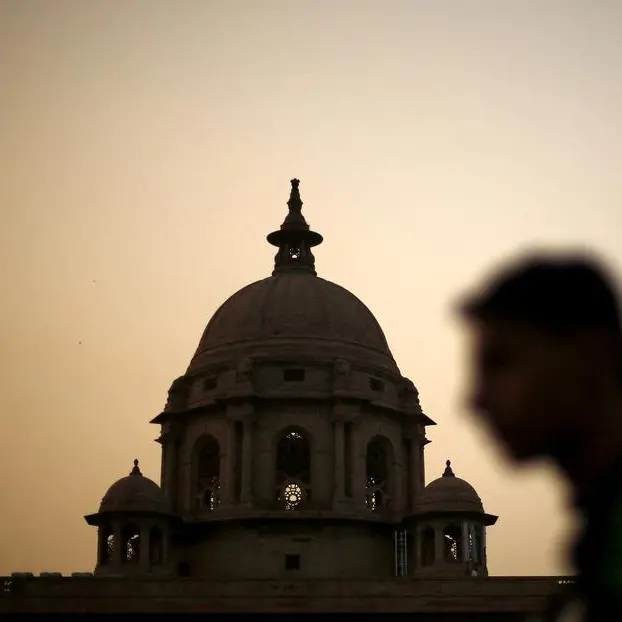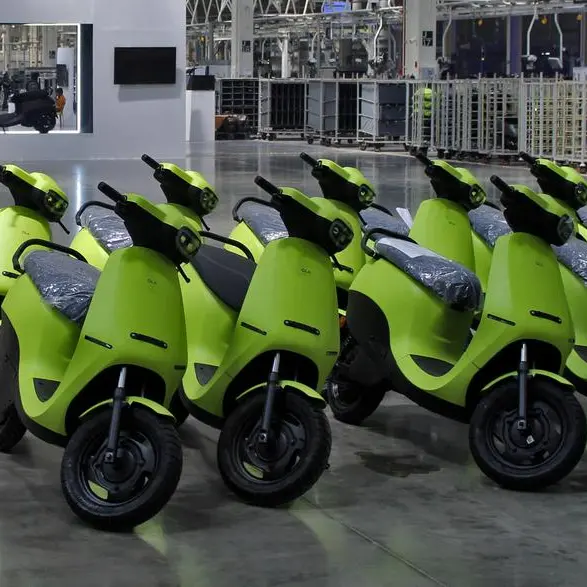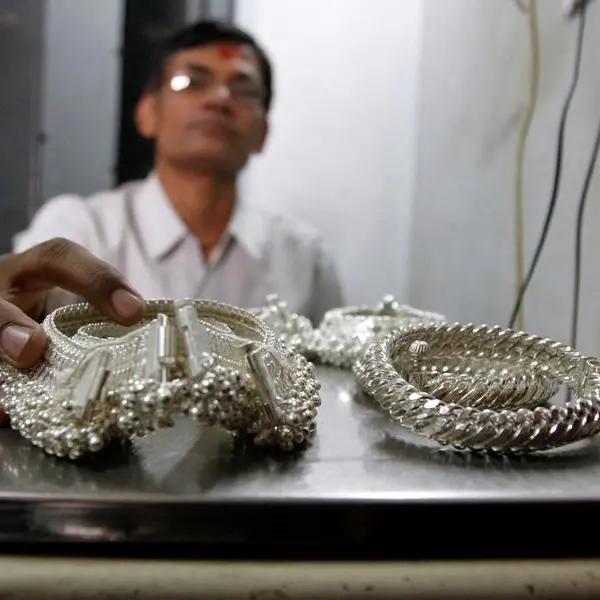PHOTO
India's economic growth in the three months through December was much higher than most estimates due to a sharp fall in key subsidies which provided a boost to GDP, two government officials said.
India's economy grew 8.4% during the October-December quarter, its fastest pace in one-and-half years, and much faster than the 6.6% estimated by economists polled by Reuters.
However, gross value added (GVA), which is a measure of the total value of goods and services produced in the economy and excludes indirect taxes and subsidies, grew 6.5%, prompting economists to say that GDP data overstated growth trends.
"The wide divergence between the GVA and GDP in the October-December quarter was mainly due to a sharp fall in subsidies in that quarter largely because of lower payouts on fertilizer subsidies like Urea," a senior government official said on Friday.
Government data showed fertiliser subsidies in the October-December quarter declined by nearly 70% to 307 billion rupees ($3.7 billion) from the same period a year ago.
Another senior government official explained that the market cost of fertilisers had fallen in the current year, lowering the subsidy payout.
Both officials did not want to be named as they are not authorised to speak to media.
The government's statistical department did not respond to a request for comment.
"The above-8% real GDP print should be read with caution given the large gap with GVA, decline in agriculture activity and two-paced economic growth (investment far outpacing consumption)," Citi economist Samiran Chakraborty said in a note on Thursday.
The divergence is at a 10-year high, said Neelkanth Mishra, chief economist at Axis Bank, who does not expect this to continue and sees the economy growing 6.5% in the next financial year.
India's GDP growth is estimated at 7.6% for the year ending March 31, 2024.
Underlying growth continues to be led by investment, which grew at 10.6% on-year in the third quarter, led by government spending and residential real estate, economists said.
Consumption lagged with just a 3.5% increase, below the broader economy.
"Although a pickup in private consumption was anticipated, owing to the festive season buoyancy that proxy indicators had pointed towards, the extent of upside was underwhelming for sure," said Yuvika Singhal, an economist at QuantEco Research.
($1 = 82.8867 Indian rupees)
(Reporting by Manoj Kumar and Aftab Ahmed; additional reporting by Ira Dugal and Nikunj Ohri; Editing by Sonia Cheema and Elaine Hardcastle)
